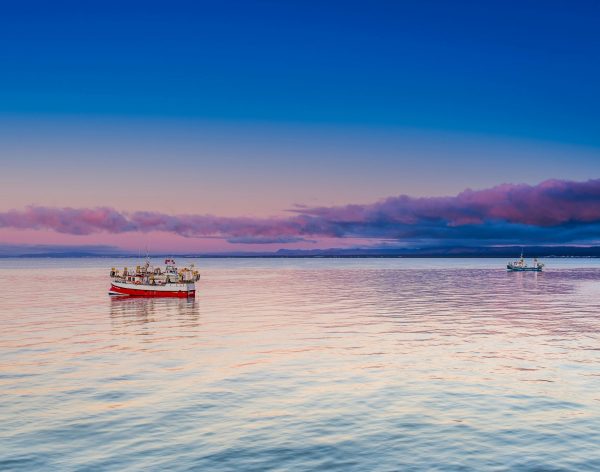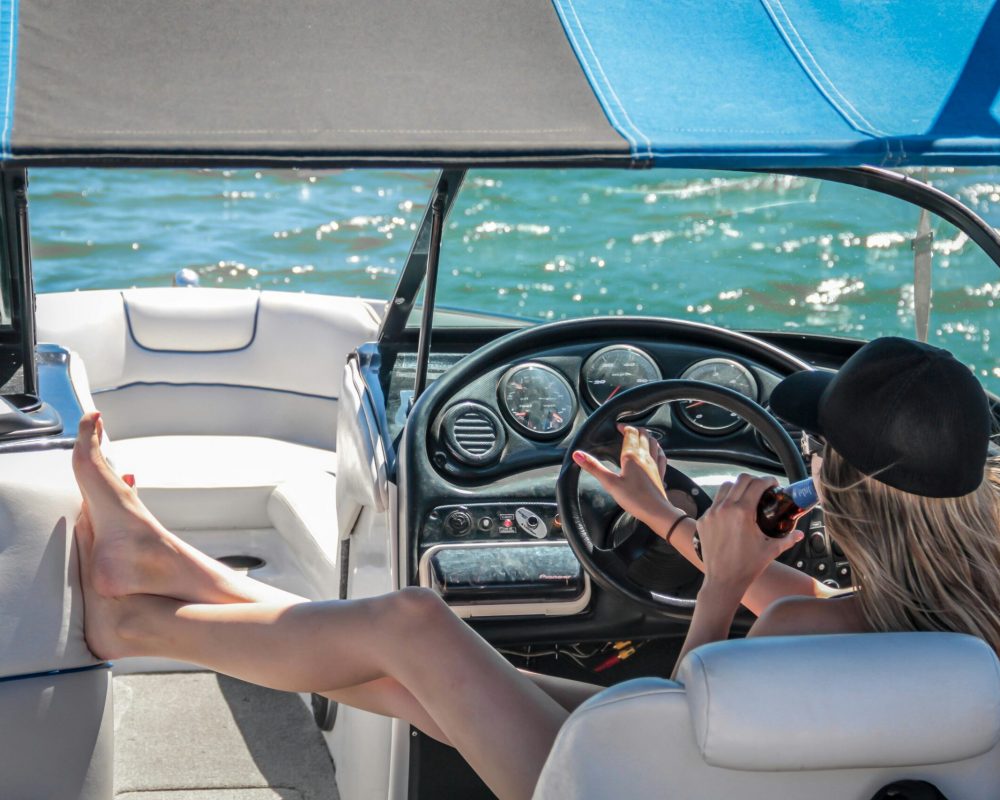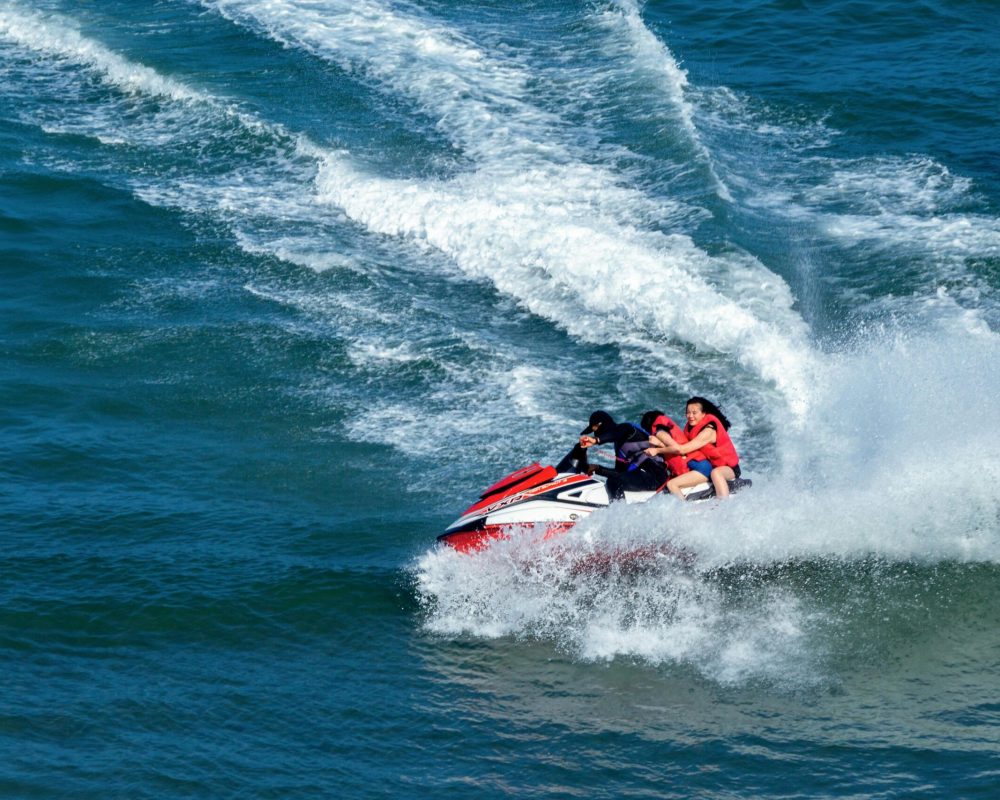The main justification for understanding marine weather conditions is wellbeing.
Unexpected changes in weather conditions can prompt high breezes, difficult situations, and tempests, which can be risky in any event, for experienced boaters. Consciousness of weather conditions permits you to keep away from these risks and arrive at informed conclusions about whether to take off or remain shorewards. Legitimate groundwork for marine weather conditions guarantees an agreeable encounter on the water. Whether it’s dressing properly for chilly climate, bringing precipitation stuff, or anticipating blistering and radiant circumstances, being prepared for the weather conditions can make your excursion more pleasant.

By understanding these components, you can change your course and speed to securely keep up with the control of your vessel and arrive at your objective.
Atmospheric conditions, including wind heading, wave level, and perceivability, straightforwardly influence your capacity to explore.

Marine weather conditions vary altogether from land-based weather conditions because of the tremendous scopes of water and the exceptional climatic circumstances that emerge over the sea or enormous waterways. Here’s the reason understanding marine weather conditions is pivotal:
A few key climate components impact conditions on the water. Understanding these components will assist you with anticipating changes in the climate and getting ready as needed.
Wind is perhaps of the most basic consider marine climate. It influences wave level, ocean conditions, and your boat’s dealing with.
Higher breeze speeds for the most part make bigger waves and additional difficult circumstances.
Blasts can prompt unexpected changes in your boat’s strength and taking care of, so it’s essential to know about them.

Knowing the breeze bearing assists you with understanding where waves will come from and what they’ll mean for your course. Wind blowing straightforwardly against your expected way will dial you back and make for a more unpleasant ride. Unexpected speeds up, known as blasts, can be risky, particularly if they surprise you. Estimated in tangles, wind speed decides how harsh the ocean will be. For little boats, twists over 20 bunches can be unsafe.
The wave time frame is the time it takes for two progressive wave peaks to pass a proper point. A more extended wave period by and large means smoother, moving waves, while a more limited period demonstrates rough circumstances. This is the distance between the peak (top) of a wave and the box (base). Wave levels of 3 feet or more can make drifting self-conscious or even hazardous for little vessels. Waves are straightforwardly impacted by wind speed, length, and get (the distance over which the breeze blows across the water).

